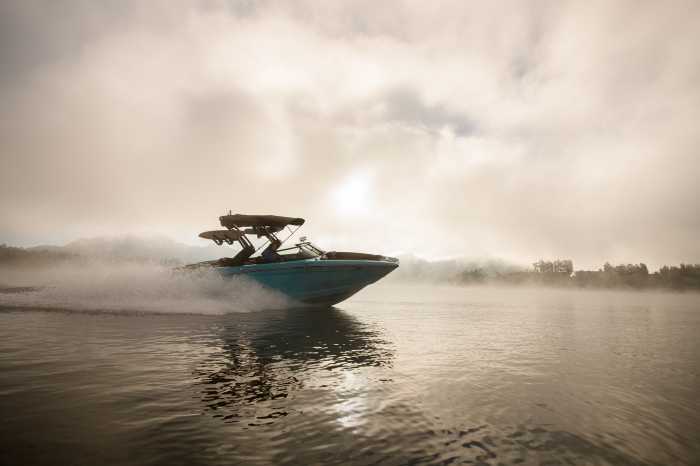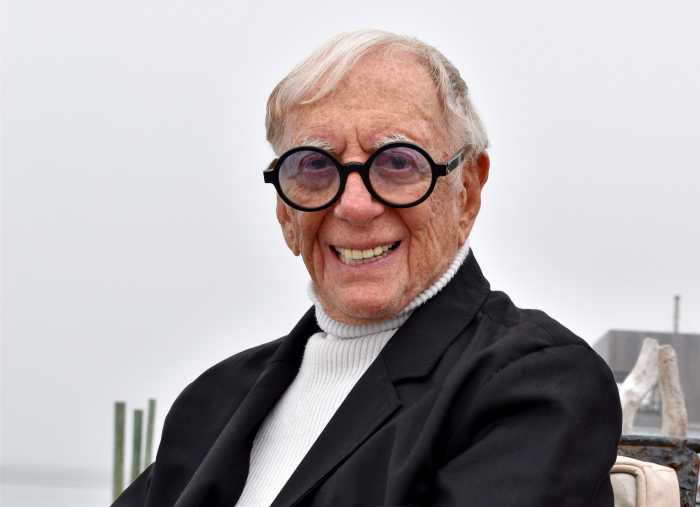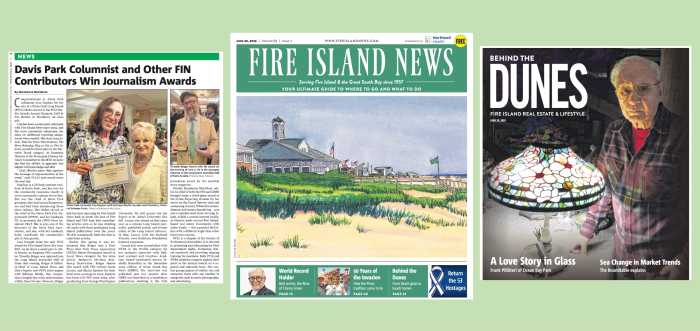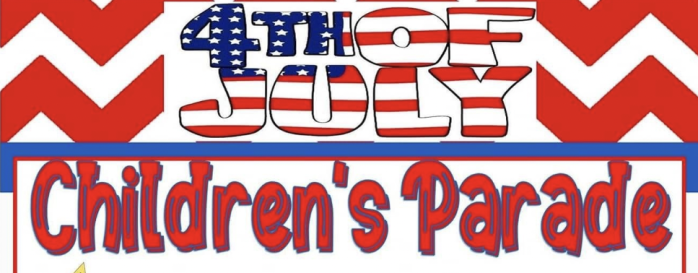Jay Blakesberg: Rock Legend Photographer
By Laura Schmidt
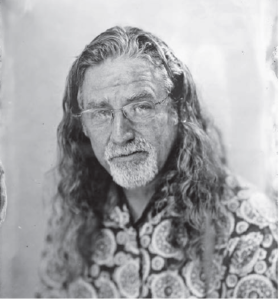
Whether or not Jay Blakesberg is a household name depends on what house one lives in, but households across America know his work. The longtime photographer for Rolling Stone magazine has taken pictures of bands such as the Grateful Dead, Talking Heads, and Jane’s Addition, as well as artists like Beck, Tom Petty, Tom Waits, Neil Young, and John Lee Hooker just to name a few. He has multiple published books to his credit, and co-directed the Phil Lesh & Friends concert film “Live at the Warfield” in 2006. His first one-man show gallery exhibition will take place this fall at Southport Galleries in Southport, Connecticut, opening Oct. 28, 2018. Jay Blakesberg also happens to be a Fire Islander.
Fire Island News (FIN): When did you first start going out to Fire Island?
Jay Blakesberg (JB): I first went out to Fire Island about 20 years ago. I live in San Francisco, so I’m one of those odd people that own a house in Ocean Beach but live on the West Coast. Then we started renting a house for a couple years and then we bought a house on Evergreen and have been on Evergreen ever since. I think we’ve been there 16 years. My kids have basically grown up out on the island during summers. They both were OBYG kids and counselors, and now they’re college grads. I love everything about Fire Island. It’s a unique and interesting fun place, and I really love spending time there, and I’m happy I discovered it.
FIN: You followed the Grateful Dead on tour in the late 1970s as a photographer. What was that like being just a teenager and how do you think that shaped your life?
JB: So I grew up in New Jersey, and I started seeing the Grateful Dead in 1977 when I was 15 years old. I borrowed my dad’s camera in 1978 when I was 16 and photographed them at the Meadowlands, Giants Stadium, 1978. By 1979, I was definitely part of the traveling circus of freaks and misfits running around the country following the Grateful Dead and did that for a number of years and eventually moved out to the West Coast. Still to this day I photograph them on a regular basis. Right now there’s Dead and Company, which is the latest incarnation with John Mayer on guitar, and I’m sort of the official photographer for that. That was sort of the foundation of my career as a photographer. I’ve worked with all sorts of artists from the Grateful Dead to Radiohead to Tom Petty to John Lee Hooker to Neil Young to Carlos Santana. I’ve worked with a ton of different artists and shot hundreds of magazine covers.
FIN: Are there any artists in particular you enjoyed photographing?
JB: One of the things I love about what I do is that I’ve been photographing artists for decades, besides the Grateful Dead, which at this point I’ve been photographing for about 40 years, which is mind-blowing for me to have a film/digital archive of the arc of a career of an artist that’s so important to pop culture and American pop culture history is incredible. There’s a lot of bands that I love connecting with early in their careers and working with them for years and years and years. A lot of photographers are like, ‘Oh, I shot that band I don’t need to shoot them again.’ I don’t feel that way at all. To me it’s really important to work with an artist on that kind of career arc and see the changes and watch them grow.
FIN: You have described your photography before as a “visual anthropology.” Explain what you mean by that.
JB: It goes a little deeper than just working with an artist for a long period of time. Anthropology being defined as the study of humankind, right? So I’m known as this Grateful Dead, jam band, hippie photographer and surrounding this community of musicians there’s this whole tribe of people. I put out a book three years ago called “Hippie Chick: The Tale of Love, Devotion & Surrender,” and this is a book about women and their connection to live music and what it means to them. The photographs in that book go back 38 years and come all the way up to 2015. So I’ve been studying that tribe of people. This is an important tribe in a modern day pop culture phenomenon that started in the 1960s in San Francisco and it continues to this day. The things that were born out of that modern day hippie movement are still very valid and relevant today. The entire organic food movement and recycling. There’s so many things that were first started by the hippies that are now part of everyday life. I always like to say the hippies were right. They were right about the food. They were right about the environment. They were right about the music, and they were right about the drugs.
FIN: You’ve published 13 books throughout your career. Is there one you enjoyed making the most?
JB: They all have been really fun to do. My first book I did was on the Grateful Dead, and I loved the process, and I learned a lot. And that’s how I got the book-making bug and started my publishing company, Rock Out Books. The next book I did was on the band Primus and then the Flaming Lips. Each one has had its unique challenges and moments that I’ve loved. But I’m really proud of every single book that I’ve done. We live in a computer, on-screen world, and so I think it’s nice to be able to hold something and flip pages.
FIN: What do you think of the role technology plays in concerts today?
JB: Unfortunately, the advent of technology is the great disrupter in the photography world. It has given everybody the ability to create a lot of mediocre content that is cluttering the airwaves and our brains. I think a lot of people have a hard time distinguishing between really brilliant photography, and mediocre photography. Anybody can go out and buy a $600 DSLR these days and take a photo. It’s created a situation where mediocrity is accepted and the norm. You get inspired by good art whether you’re an artist or not. Seeing something that’s beautiful and creative makes you feel good whether you’re a lawyer, dancer, or photographer. Great art inspires us all. That’s why we need to continue to make great art and have people be aware of what the difference is.
FIN: Your youth reminds me of the film “Almost Famous.” The editor in that film tells the aspiring rock journalist main character to never become friends with the rock stars. Would you apply that rule to your experience?
JB: I have a really good friend named Jan Uhelski and Jan helped me work on some of my projects. She used to always walk around and say ‘rock stars are not your friends.’ And I sort of followed that mantra for a long time, and I think, at the end of the day, that was the wrong decision. Especially now I absolutely consider rock stars my friends. They are these incredibly creative, unique individuals who I spent a lot of time with. So, yes, rock stars are my friends today, and I love that. I think having that personal connection enhances my ability to make brilliant photographs.
FIN: You have a son and daughter. Do you think their taste in music has been influenced by you?
JB: Absolutely, both of them. They both love the same music I do, but they have their own unique takes on it. My son grew up listening to a lot of punk rock all through high school and then I eventually turned him on to the Flaming Lips and Radiohead and bands like that. And my daughter going through high school listened to a lot of bad pop music because that’s what her friends listened to and then one day we were listening to Phish or something, she was like, ‘Oh, my god. This is so great,’ and started listening to it more and more.
FIN: Would you ever want your kids doing what you were doing at your age? Hitchhiking, following bands around the country, etc.
JB: It’s a different time. I always encourage my kids to go to shows and festivals, but it’s just a different world we inhabit today. But they go on adventures and I truly, truly believe we are the sum of our experiences. And so I encourage them to constantly have experiences and push the limits and go out and meet interesting people because it really does enrich your life.Learn more about Jay Blakesberg, his books, and photography at Blakesberg.com. All images are copyrighted material, courtesy of the photographer.



